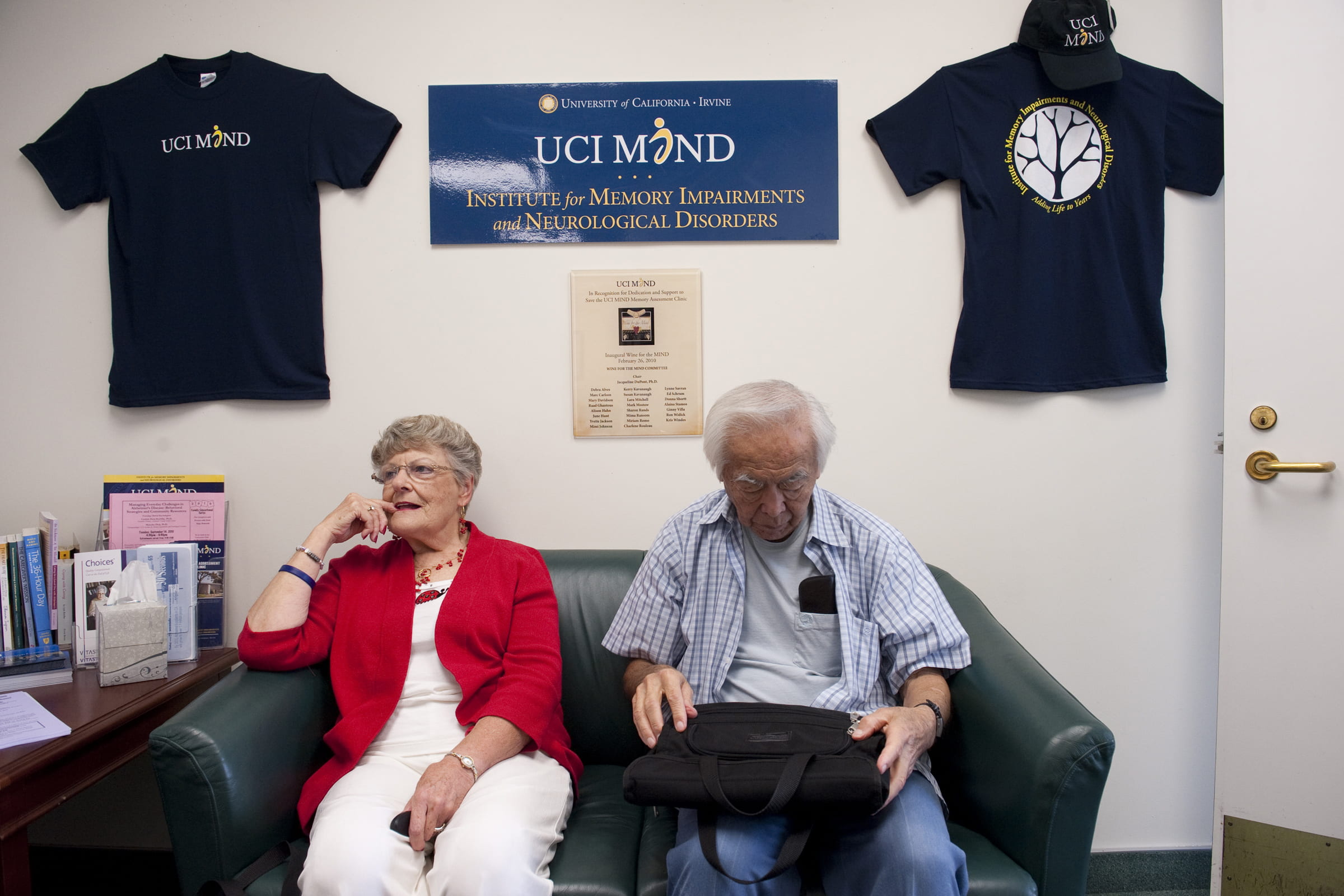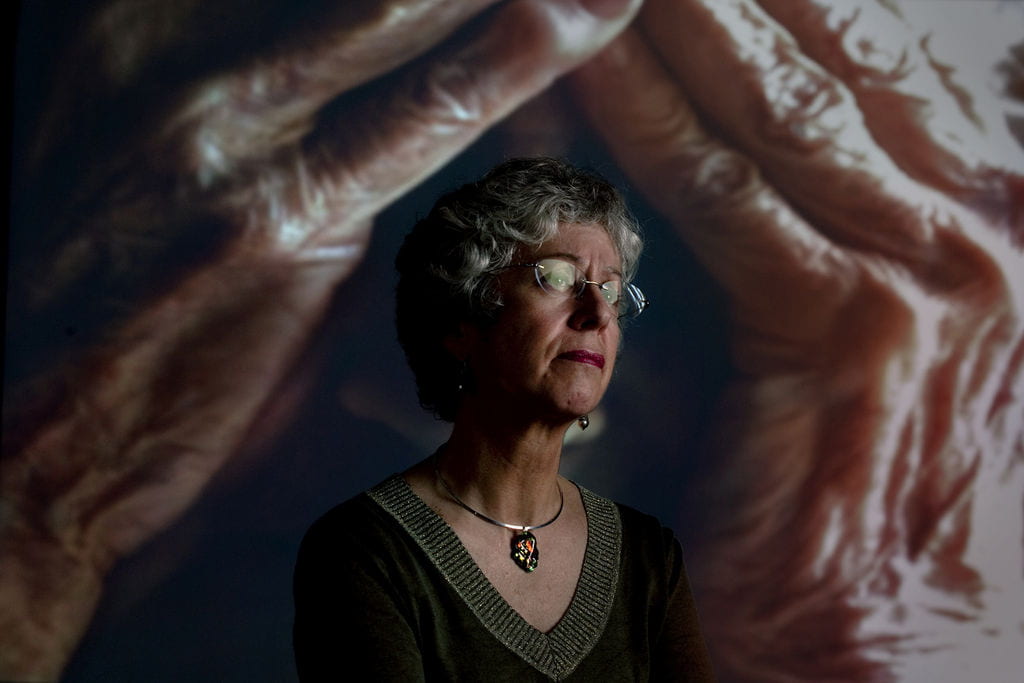Testing the powers of recall
Forgetting where you parked your car, the name of someone you just met or a new phone number is a sign of the normal changes to short-term memory that most healthy adults experience as they age. Becoming lost on the way to the grocery store, not recognizing someone familiar or forgetting what a phone does, […]





